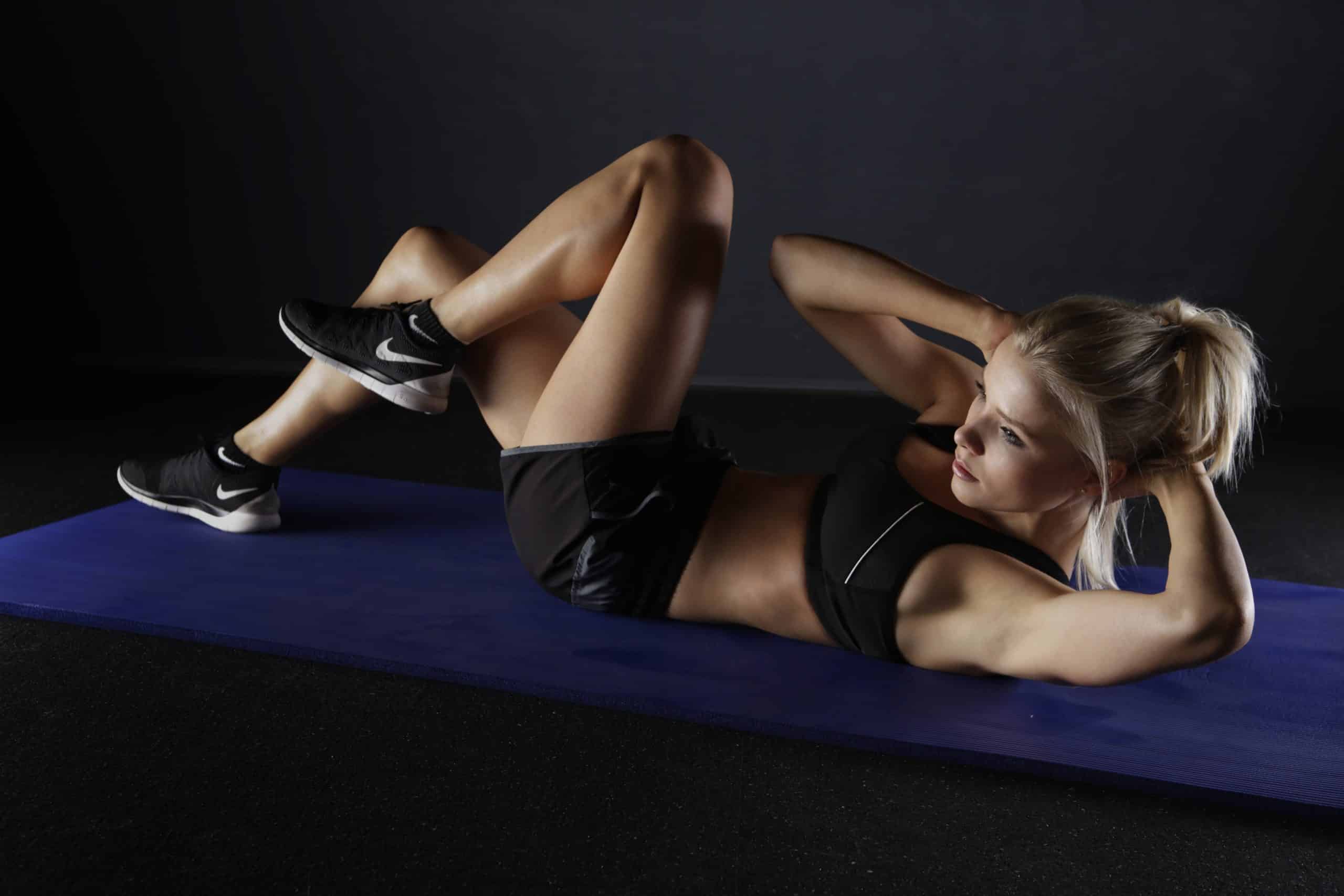How to Design a Strength Training Program for Junior Tennis Players to Enhance Serve?

If you’re coaching junior tennis players, you might be wondering how to help them improve their performance on the court. One of the critical aspects you need to focus on is the serve. A powerful serve can give players a significant advantage in the game. Therefore, designing an effective strength training program is crucial. In this guide, we will discuss how you can create such a program to enhance the serving skills of your young athletes.
Understanding the Importance of Strength Training in Tennis
Before we delve into the specifics of a strength training program, let’s understand why it’s necessary for young tennis players. Strength training is more than just lifting weights. It’s about building the power, speed, and endurance that players need to perform at their peak. It’s also about reducing the risk of injuries, which is especially important for growing bodies.
Also to discover : How to Use Periodization Theory to Plan Season Training for Elite Swimmers?
When it comes to tennis, strength training is essential because it helps players generate power in their serves and groundstrokes, improves their speed and agility on the court, and enables them to maintain their performance throughout a match.
In particular, serving in tennis is a complex movement that requires coordination from several muscle groups. To serve powerfully and consistently, players need to have strong shoulders, core, and lower body. Therefore, a strength training program for young tennis players should target these areas.
Also to read : How Can Sport-Specific Ergonomics Prevent Musculoskeletal Disorders in eSports Professionals?
Key Exercises to Include in the Program
When designing a training program, it’s important to include exercises that target the muscles used in serving. Here are a few key exercises that you should consider.
- Shoulder exercises: The shoulder plays a vital role in serving, generating a lot of the power and velocity of the serve. Incorporate exercises that strengthen the rotator cuff and the deltoids, such as resistance band exercises or tubing exercises.
- Core exercises: The core is crucial for the transfer of power from the lower body to the upper body during a serve. Include exercises like planks, Russian twists, and medicine ball throws to strengthen this area.
- Lower body exercises: The serve’s power begins in the lower body, so exercises like squats, lunges, and plyometrics will be beneficial.
Remember, it’s not just about doing these exercises, but doing them correctly. Make sure your players understand the proper form and technique for each exercise to avoid injury and get the most benefit.
Tailoring the Program to Individual Needs
While group training sessions can be beneficial, it’s important to tailor the program to the individual needs of each player. Everyone has different strengths and weaknesses, and what works for one player may not work for another.
Take into account the player’s current strength levels, their ability to perform the exercises correctly, and any previous or existing injuries. Also, consider their age and physical maturity. Younger players or those new to strength training may need to start with lighter weights or simpler exercises, while more advanced players can handle more challenging workouts.
Incorporating Training into the Tennis Schedule
When designing the program, consider how it will fit into the players’ overall tennis schedule. Strength training should complement their other training and not leave them too tired for their tennis practice or matches.
A good approach is to schedule strength training sessions on non-match days or at least several hours before or after a tennis session. This will ensure players have enough energy for both their tennis and their strength training and have time to recover between sessions.
Monitoring and Adjusting the Program
Finally, remember that a strength training program is not set in stone. It should be a dynamic process, continually adjusted based on the players’ progress, feedback, and performance on the court. Regular testing and monitoring can help you determine if the program is effective and where adjustments may be needed.
In conclusion, a well-designed strength training program can significantly enhance a junior tennis player’s serve. Incorporate exercises that target the necessary muscle groups, tailor the program to individual needs, and ensure it complements the tennis schedule. With regular monitoring and adjustments, your players will see improvements in their power, velocity, and overall performance on the court.
Ensuring Injury Prevention Measures
The goal of strength training for young tennis players is not only to enhance their serve velocity but also to ensure that they can play safely and avoid injuries. As a coach, you have the responsibility to teach players how to exercise correctly to prevent damage from overuse or incorrect form.
In tennis, common injuries often involve the shoulder and elbow, typically due to the repetitive high-velocity overhead movements involved in the serve. Therefore, it’s vital to include exercises in your strength training program that strengthen these areas. Shoulder rotation exercises, such as internal rotation with a resistance band and medicine ball rotations, can help to build strength in the shoulder and increase its range of motion.
To prevent elbow injuries, include exercises that strengthen the forearm and wrist. Wrist curls and extensions using light dumbbells can be effective.
Another common issue for tennis players is lower back pain due to the twisting motion and force expression during the serve. Therefore, it’s crucial to include exercises that strengthen the core and lower back, such as planks and back extensions.
Lastly, don’t forget the importance of a proper warm-up and cool-down in injury prevention. Warm-ups prepare the body for exercise and increase the heart rate gradually, reducing the risk of injury. Cool-down exercises help the body to recover and reduce muscle soreness.
It’s also essential to remind players that if they feel any pain during an exercise, they should stop immediately, rest, and seek advice if the pain persists.
Improving Tennis Performance with a Strength Conditioning Program
Beyond enhancing the serve in junior tennis players, a correctly designed strength training program can significantly improve overall tennis performance. Strength conditioning is not only about increasing muscle mass but also about improving muscle endurance, power, speed, and agility.
Strength training can help players hit harder groundstrokes, move faster on the court, and maintain their intensity throughout a match – all key elements in winning a tennis match.
For example, lower body exercises like squats and lunges can improve leg strength, contributing to faster and more explosive movements on the court. Core exercises, like Russian twists and medicine ball throws, can enhance rotational power, which is crucial in both groundstrokes and serves.
Training the upper body, especially the shoulders and arms, can increase the power and control of the player’s groundstrokes and volleys, as well as their serve.
Furthermore, strength training can also improve a player’s mental toughness. Working through challenging workouts can build confidence and resilience, which are invaluable assets in competitive sports.
Therefore, don’t consider the strength training program as an add-on to their tennis training, but as a fundamental part of it. This holistic approach will ensure their continuous improvement and allow them to reach their maximum potential.
Conclusion
In summary, designing a strength training program for junior tennis players requires thoughtful planning and execution. It’s not merely about increasing serve performance or power. It involves a comprehensive understanding of the sport, the recognition of each player’s unique requirements, and an emphasis on injury prevention.
By incorporating exercises that target specific muscles used in tennis, like the shoulder rotation exercises for the serve, you can significantly enhance a player’s tennis strength and overall performance. Tailoring the program to individual needs and ensuring it complements the tennis schedule is vital.
Remember that monitoring and adjusting the program based on feedback and actual performance on the court are key to its success. With patience and consistency, you can help your players achieve their tennis goals and excel in the sport.
Let’s not forget that while performance is important, we should always prioritize the health and wellbeing of the young athletes. As coaches, our ultimate goal should be to help them enjoy the sport, improve their skills, and develop a lifelong love for tennis.
